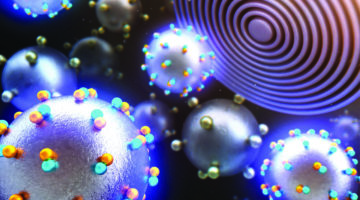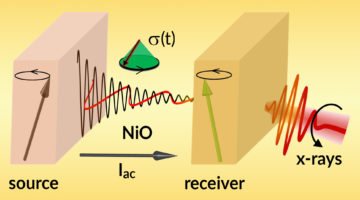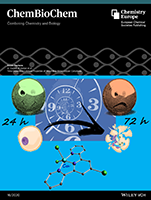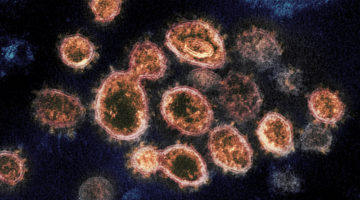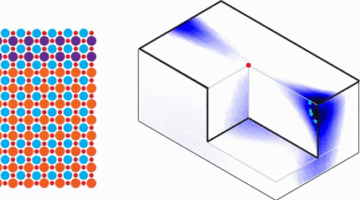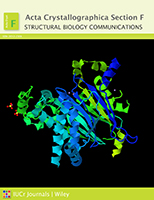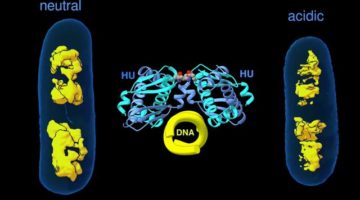Reconstructions of 3D patterns of magnetic orientation imprinted in rare meteorites helped resolve questions about their origins. Known as type IIE iron meteorites, they appear to have originated from a parent body that had a composition featuring both fully melted and unmelted parts—other meteorite types display only one composition. Read more »
All News & Updates
COSMIC Probes Evolution of Single-Atom Platinum Catalyst
Researchers synthesized a single-atom platinum catalyst that outperformed, by a factor of 15, conventional platinum-based catalysts, which are used for fuel cells and automotive emissions control. Operando x-ray spectromicroscopy at the ALS’s COSMIC beamline revealed how electronic interactions affect the material’s morphology. Read more »
Antiferromagnet Transmits Coherent Spin Waves
Researchers discovered how pure spin currents (also known as spin waves) can be efficiently and coherently transmitted through an electrically insulating antiferromagnetic material. The work represents a notable milestone in the use of antiferromagnetic materials for low-power spintronic devices at room temperature. Read more »![]()
![]()
Battery Breakthrough Gives Boost to Electric Flight and Long-Range Electric Cars
While lithium metal extends an EV’s driving range, it also shortens the battery’s useful life due to lithium dendrites that can cause short circuits. Researchers report a new class of soft, solid electrolytes—made from both polymers and ceramics—that suppress dendrites, before they can propagate and cause the battery to fail. Read more »
In Memoriam: Derrick Crofoot, ALS Senior Material Specialist
The ALS has lost a member of our family. Derrick Crofoot, a senior material specialist, died earlier this month. The Crofoots are a Berkeley Lab family—Derrick’s brother, Garret, also works at Berkeley Lab, and their father, Mike, worked at the Lab until his retirement. Derrick’s warmth and friendly personality played an important role in making the ALS feel like a family. We grieve together. Read more »
Time‐Dependent Cytotoxic Properties of Terpyridine‐Based Copper Complexes
The cover feature picture shows the progressive activation of terpyridine‐based copper(II) compounds that are not cytotoxic against various cell lines after 24 h of incubation but become highly efficient after 72 h of incubation, with IC50 values in the low‐micromolar to nanomolar range. Read more »
Antibody from SARS Survivor Neutralizes SARS-CoV-2
Using structural data from the ALS and cryo-electron microscopy, researchers have characterized how an antibody binds to and neutralizes SARS-CoV-2. This work provides the basis for therapeutic and vaccine development for the SARS-CoV-2 virus, which is responsible for the COVID-19 pandemic. Read more »![]()
![]()
Scientists Dive Deep Into Hidden World of Quantum States
Researchers discovered two unique electronic properties—a Van Hove singularity and Fermi surface topology—at the interface between atomically thin oxide materials. The results suggest that the system is an ideal platform for investigating how to control superconductivity at the atomic scale in 2D materials. Read more »
Crystal structure of the catalytic subunit of bovine pyruvate dehydrogenase phosphatase
The crystal structure of the catalytic subunit of bovine pyruvate dehydrogenase phosphatase provides new insights into the mechanism of the regulation of the activity of the pyruvate dehydrogenase complex. Read more »
Study Gains New Insight Into Bacterial DNA Packing
When bacteria are put in different environments, their genes start to adapt remarkably quickly because the proteins making up their chromosomes can pack and unpack rapidly. Researchers have now imaged this process at the molecular level, a discovery that could eventually enable scientists to develop strategies to control microbial behavior. Read more »
- « Previous Page
- 1
- …
- 64
- 65
- 66
- 67
- 68
- …
- 139
- Next Page »

